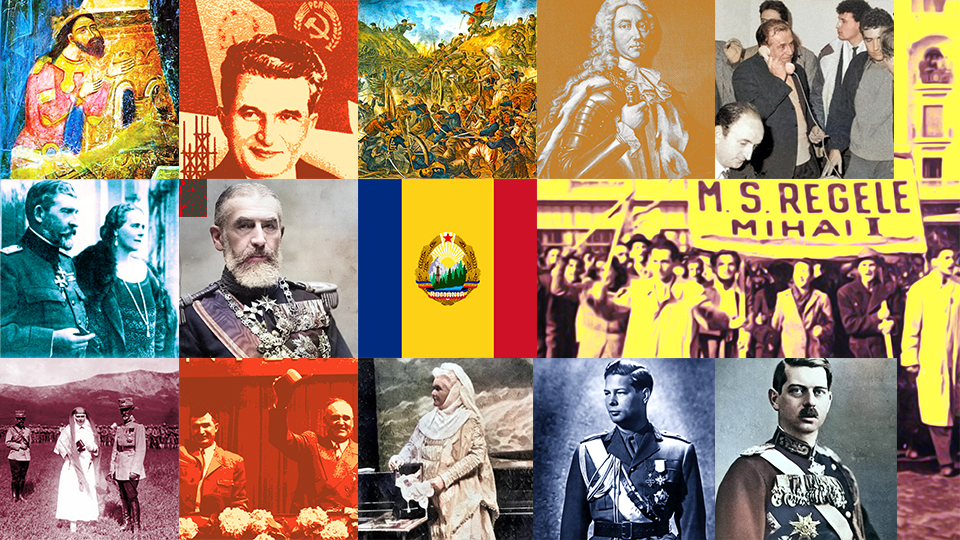From the history of the women’s press in Romania
Women's emancipation was a theme that attracted more and more followers starting with the second half of the 19th century

Steliu Lambru, 08.07.2024, 14:00
Individual rights and freedoms, enunciated since the 18th century, focused on the promotion of equality, beyond any criteria of religion, race, ethnicity, and gender. Women’s emancipation was a theme that attracted more and more followers starting with the second half of the 19th century, and socialism and feminism aimed at militating mostly for women’s rights in modern society. The most persistent efforts were made for women’s wage rights and political rights, the right to vote being a gain they obtained since the 20th century. The press also campaigned for granting equal rights to women, being among the most powerful means by which the goals of the feminist movement were achieved.
In Romania as well, women’s emancipation and feminism appeared in the second half of the 19th century, the struggle for obtaining rights also being fought through the press. Articles of different sizes and on different topics of interest to women usually appeared in all publications. But the magazines that assumed the role of women’s emancipation began to have a constant audience, among those that committed to the project of female emancipation being “Femeia” (The Woman) magazine. Magazines with the word “woman” in the title appeared starting in 1868, “Woman. Non-political journal” being the first. Other magazines such as “Romanian Woman”, “Village Woman”, “Woman and Home”, “Orthodox Woman”, “Elegant Woman”, “Woman from Dâmbovița”, “Working Woman” appeared for shorter or longer periods and, from the title, one could guess their profile. The longest period during which a women’s magazine was published was between 1946 and 1989, entitled just like that, “Woman”, which continues to be issued today.
Women’s magazines were not written only by women, as one might think. One could say that, on the contrary, women entered the world of journalism that defended their rights later. The social democrat Elena Gugian was one of them. In 2000, when the Romanian Radio Broadcasting Corporation’s Oral History Center interviewed her, Gugian remembered that, at 19 years old, in 1944, when she had joined the Social Democratic Party, her career followed the working-class environments that she had joined and from where she drew inspiration for the texts that she published in the magazine she worked for.
Elena Gugian: “There were many women from factories in the party organizations. They were from the APACA textile factory, with mostly female employees. There were women also from the Anghelescu Sweets Factory, on Şoseaua Viilor street, from the Flora can factory also on Şoseaua Viilor, from the Medicines Factory, and from the Cigarette Factory. Where the employees were mostly women, we had organizations and held meetings with them there, at the workplace. I met women, I talked with women, as I was a journalist and I recorded what was discussed there for the magazine of the women’s organization, which was called the ‘Working Woman’.”
The “Working Woman” magazine, put out by the Romanian Social Democracy, tried to be very involved in the issues facing working-class women. Elena Gugian remembers the first issues of the magazine, and its revival after the war: “It was known under this name ever since 1930, when it was still multiplied by mimeograph as a small, 2-3-page flyer, and it died at the same time with the old democratic parties in 1938. It was reissued in 1946 as a magazine, taking over the original name. On 32 pages, originally only in black and white and later on in red and combinations of red and black or red and blue, depending on the ink we were able to find each particular time.”
Elena Gugian did field work and was literally in love with her profession: “Because I was the youngest in the team, I would run around like crazy, together with the photographer, we would take photos, do reports, collect data. I would also liaise with the press services of the diplomatic offices set up in Bucharest, to get photos and articles about the Social-Democratic women in those countries.”
After 1945, when WWII ended, everything had to be rebuilt, especially peace. And Elena Gugian and her fellow workers contributed to the general effort: :”We were interested in women’s issues, for a number of reasons. After the war, many women found themselves to be head of their households, with children to raise, after their husbands had either died in the war or returned with disabilities. So women had to find jobs. Most of them were illiterate, and our biggest concern was how to help them learn to read and write. We organised basic literacy classes, to help them at least sign their salary stubs. But some of them grew to like reading, and got ahead.”
Between 1945 and 1948, the “Working Woman” magazine followed its goal, and continued to promote the principles of equality. Renamed “The Woman” in 1948, with the rise of the communist regime, the magazine saw another chapter in its history, one in which it served as a means of propaganda for a repressive regime. (LS, AMP)





























